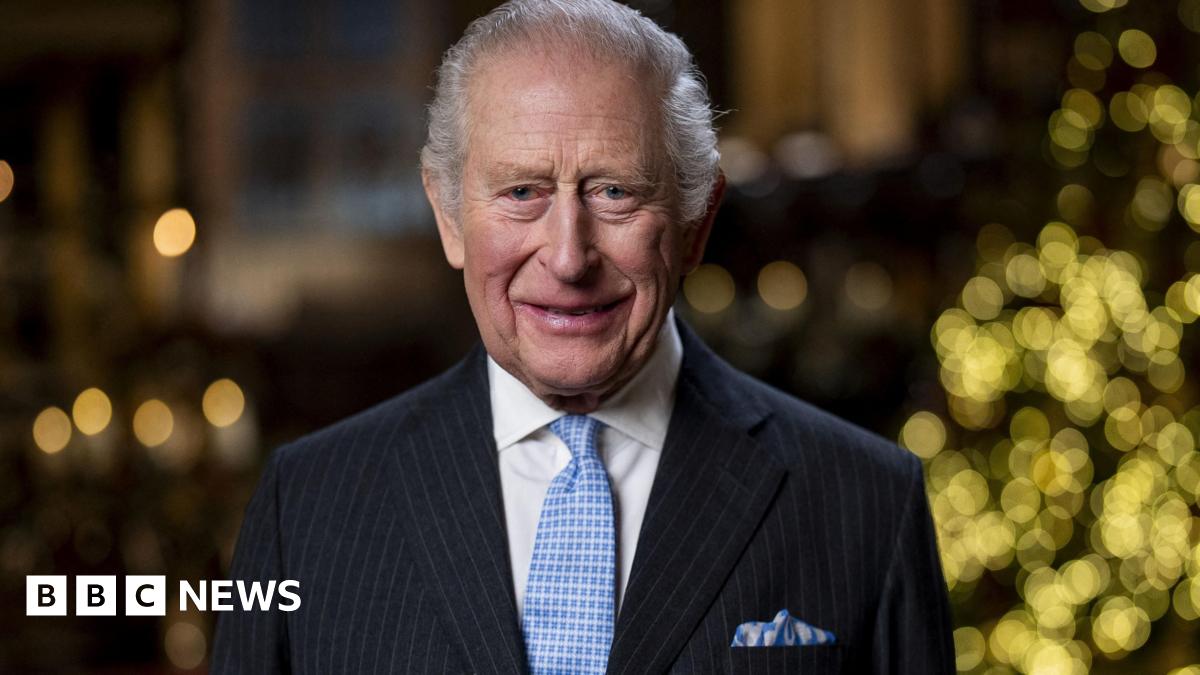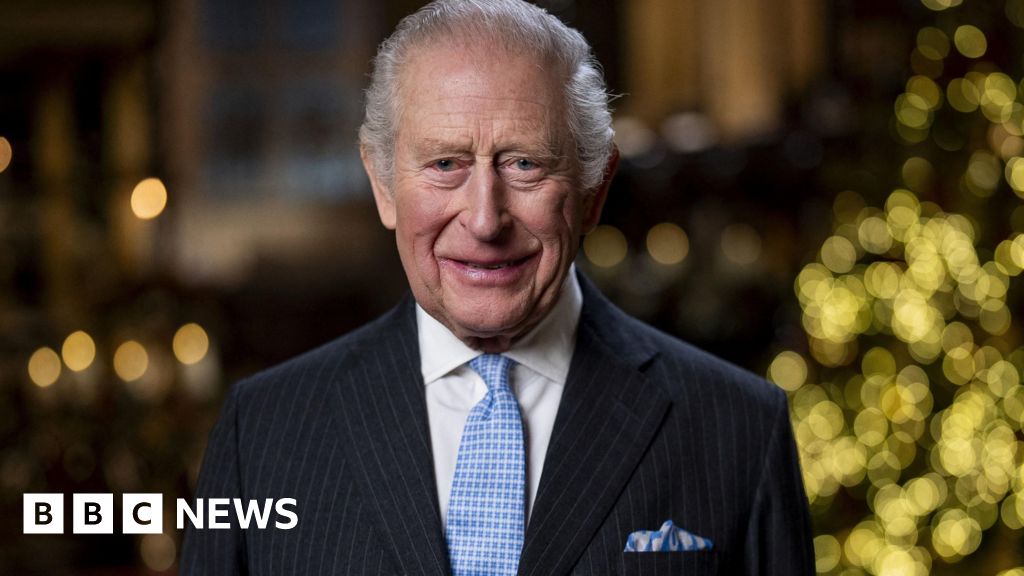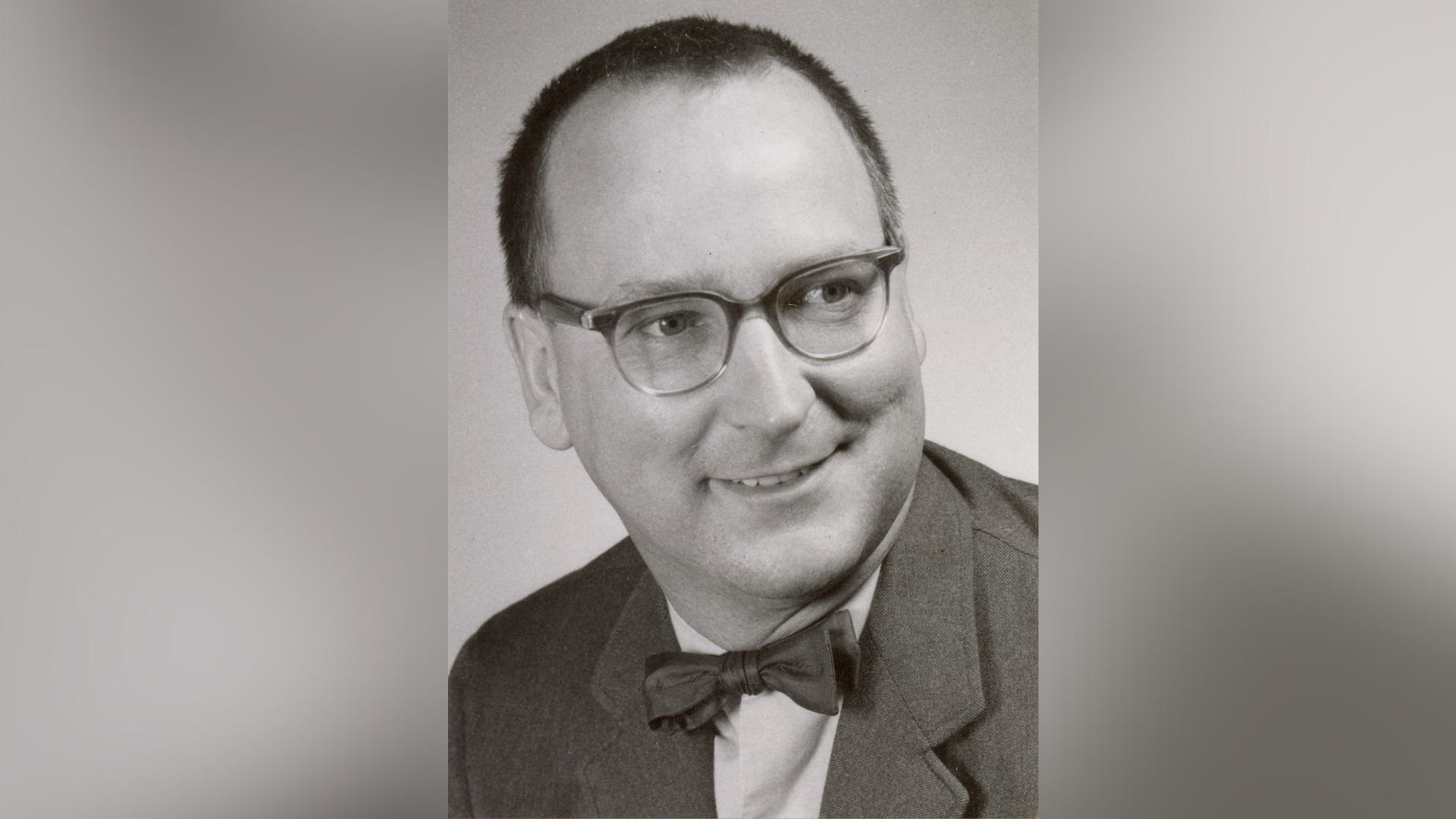As the year winds down, the Alamo City is buzzing with festive events and holiday cheer.
There’s still time to check out holiday lights or head out to the outdoor ice-skating rink at Pearl! In addition to Christmas lights, families can enjoy musical performances of “Elf The Musical” at the Majestic Theatre.
>> KSAT viewers share photos, videos of holiday light displays across San Antonio
With New Year’s Eve landing on Wednesday this year, KSAT has compiled a list of places where you can welcome the new year! Below is a roundup of events happening during the final week of 2025, including the highly anticipated Valero Alamo Bowl.
As 2025 comes to an end, here’s a list of activities you and your family can enjoy to wrap up the year:
Thursday, Dec. 25 – Merry Christmas!
-
GABRIEL “FLUFFY” IGLESIAS: The comedian will perform a Christmas show at the Tobin Center supporting the San Antonio Food Bank at 7:30 p.m. at the H-E-B Performance Hall. To attend the comedy show, guests must donate 10 canned food items per person at the San Antonio Food Bank between noon and 3 p.m. on Dec. 25, located at 5200 Historic Old Highway 90 West. More information can be found here.
-
SAN ANTONIO ZOO LOCALS DAY: The San Antonio Zoo is giving the gift of discounted admission this holiday season. Available on Christmas Day only, from 11 a.m. to 9 p.m., families can enjoy attractions for $8.
Happening during the weekend:
-
CHRISTMAS LIGHTS: Several locations are hosting their holiday light displays. Families can check out holiday lights at the Coca-Cola Classic Christmas or Zoo Lights at the San Antonio Zoo! For a full list of places to check out Christmas lights, click here.
-
“ELF THE MUSICAL:” Performances for the musical are scheduled to take place now through Dec. 28 at the Majestic Theatre. “Elf the Musical” tells the story of Buddy, who embarks on a journey to New York City and helps the city rediscover the true meaning of Christmas. Tickets are available here.
-
HOLIDAYS AT HEMISFAIR: Civic Park at Hemisfair will transform into a winter wonderland through Jan. 3 with an ice rink open to the public. Guests can also enjoy a lighting ceremony, holiday gift markets and more. Tickets cost $15 per person and include skate rental. More information can be found here.
-
PEARL’S OUTDOOR ICE-SKATING RINK: The seasonal rink will be open to the public through Jan. 4. Tickets for the ice rink are available for purchase online. Admission varies by reservation time and includes skate rental and up to an hour of skating. The rink is located at the 1100 Springs Plaza, next to Stable Hall and across from Ladino. More information can be found here.
-
SANTA PHOTOS: Families looking to capture festive memories with Santa Claus for the most wonderful time of the year can do so at several locations across San Antonio. KSAT has compiled a list of places where you can get your picture taken with Santa. Click here to view the list.
Friday, Dec. 26
-
FROZEN FOURTH FRIDAY: While Holidays at the Rock continues at the Rock at La Cantera, guests can also enjoy Frozen Fourth Friday at 6 p.m. The Rock will host a movie screening of “Frozen” and “Frozen 2.” Click here for more information.
Sunday, Dec. 28
-
CIRQUE MUSICA – HOLIDAY WONDERLAND: The production, which will feature holiday music and a thrilling blend of world-class circus artistry, will take place at 7:30 p.m. at the H-E-B Performance Hall. Tickets start at $63 per person. More information can be found here.
-
RICOS RIVER RALLY: As the Valero Alamo Bowl nears, the city will play host to college football’s “most unique” pep rally at 5 p.m. at the Arneson River Theatre. The free event will feature the school bands, and the players will excite the crowd by making a grand entrance on river cruisers. More information can be found here.
With this being the final “Things to Do” story of the year, here’s what’s happening in the last week:
-
NEW YEAR’S EVE DINNERS & PARTIES: Several places around San Antonio are planning their big dinners and parties to celebrate the upcoming new year. Places such as the San Antonio Zoo and Hotel Valencia River Walk have announced they will host events on Wednesday, Dec. 31. Click here to view a list of where you can say farewell to 2025 and ring in 2026 in the Alamo City.
-
NEW YEAR’S EVE FIREWORKS: Several places across the Alamo City will host fireworks shows on Wednesday, Dec. 31, to close out 2025 and welcome the new year. Click here to check out the list of places you and your family can watch firework displays on New Year’s Eve.
-
NUTCRACKER! MAGICAL CHRISTMAS BALLET: Performances for the ballet are scheduled to take place from Dec. 29-30 at the Majestic Theatre. For tickets, click here.
-
VALERO ALAMO BOWL: Texas Christian University and University of Southern California will face off in the 33rd annual Valero Alamo Bowl at 8 p.m. on Dec. 30 at the Alamodome. Tickets are available online. Click here for a guide on everything you need to know ahead of the big game.
What’s trending?
Copyright 2025 by KSAT – All rights reserved.







